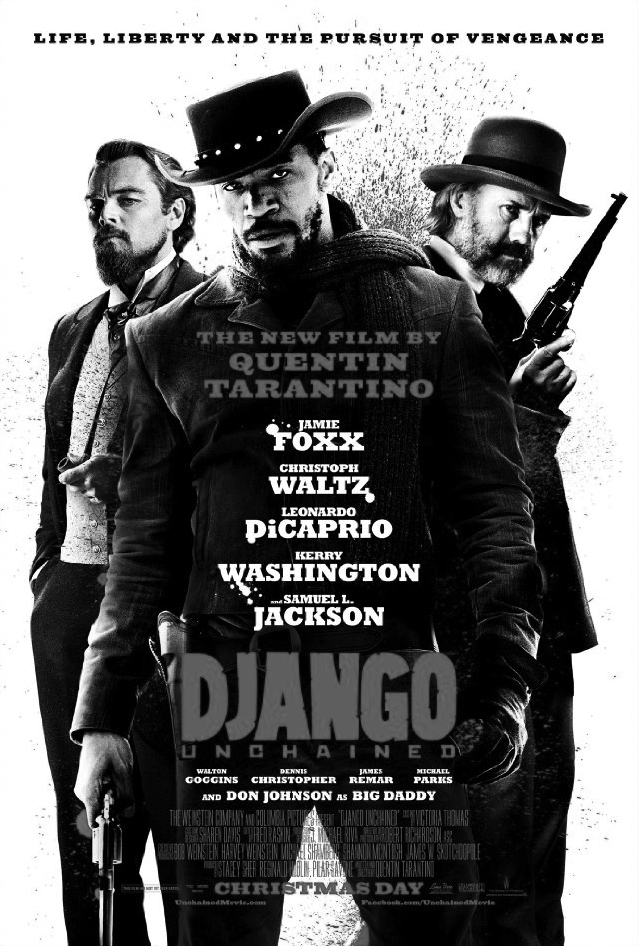Many students would say that the University has a lack of diversity. The majority of students are Caucasian, wealthy and in Greek life. The bigger problem here is the lack of understanding of the differences in the school’s community.
Recently, the Interfraternity Council (IFC) began a lecture/discussion series entitled “Diversifying the Greeks.” The goal of the series is to encourage conversations among Greek organization members about diversity issues on campus–multiculturalism, sexuality, etc. Some people say that starting conversations is the way to solve problems. There does not have to be a concrete solution in every idea presented, but getting the ideas and comments flowing is what leads to students making a difference for themselves. Bringing issues such as multiculturalism to the front of the students’ minds will cause them to make better choices in regards to how to handle multiculturalism on campus.
This sounds like a pretty efficient plan, and something that is extremely useful to students as we prepare to enter a world much more diverse than the University community. While this series is a great idea, we have to wonder if it is going to solve the diversity problems on campus. Why are only Greek students being given these opportunities? The entire campus should be encouraged to attend these conversations. One could argue that the majority of campus is Greek, so that’s the only statistic that matters. But it is that exact division and stereotype that just feeds the problem.
Problems that we see here are not confined within the Greek community. There is a larger force at work–the University, as much as it encourages diversity, does not have the statistics to support it.
Further, Greek students are often encouraged to attend other organization’s events. They are a captive audience, being told to do anything and everything to show that Greek life is not their only activity on campus. But shouldn’t this be a two-way street? Greek organizations hold numerous events every semester that are open to all of campus. Unaffiliated students do not receive pressure or encouragement to attend these events any more than the occasional Message Center post or passing poster, just because they are not a captive audience. Is there a way to encourage other students to interact with Greek students, therefore bridging the gap with a more effective two-way street, as opposed to a forced one-way street?
Overall, all students on campus should be open to new cultures. Try something new every day. Learn more about someone in a different social group than you. Enrich not only yourself, but help bridge the gaps on campus that can make it such an uncomfortable place for minorities.

